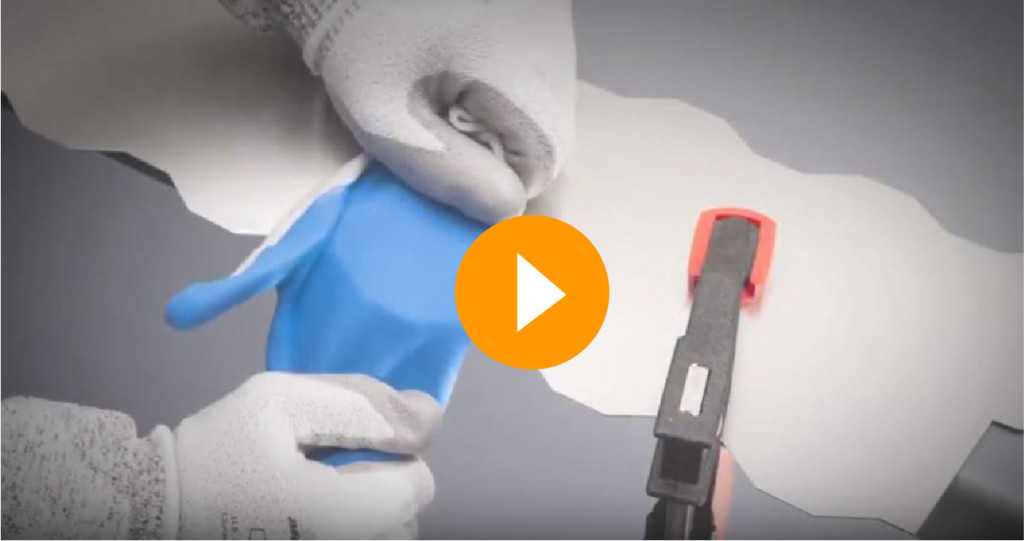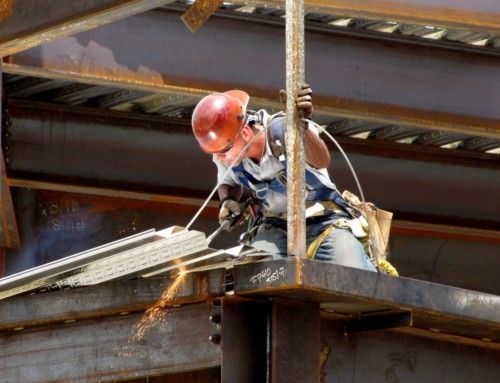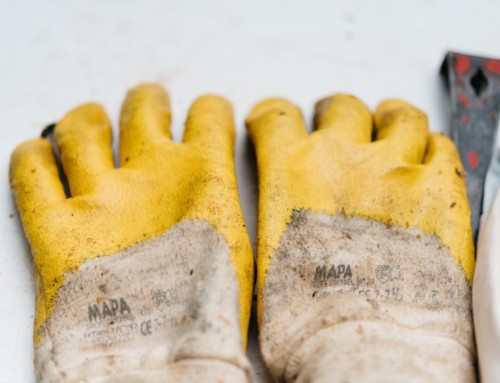In April the glove testing European Standard EN388:2003 will be replaced with the EN388:2016. What does the European Standard for cut resistance have to do with your safety gloves? Well, the United States has their own glove standard, American Nation Standards Institute (ANSI) who often partner with the Hand Protection Group of International Safety Equipment Association (ISEA) to create international standards.
The ANSI/ISEA testing methods give all personal protective equipment manufacturers a standard for rating products. Which makes purchasing these items as a consumer easier.
Many PPE suppliers offer products made from manufacturers around the world. So even if you are purchasing your safety equipment locally, the items you are buying may have been made and tested in another country. Having international standards and understanding them is key to making sure you are buying the right equipment.
Testing for Cut Levels
Each type of safety glove will come with an assigned cut level, referred to as ANSI Cut Levels and they are rated on a 1-10 scale with 1 being the least cut resistant.
To determine cut levels, each glove is tested against a circular blade and measures the number of rotations required to cut through the same area of fabric. But determining a cut level is not enough to properly protect workers.
A glove with an ANSI Cut Level 9 looks like butter against titanium metal. That is because cut through levels are not the same as measuring resistance to force.
ANSI Cut Level 6 gloves withstand up to only 8 lbs of force before cutting. Are all sharp edges in your facility less than 8 lbs? If so, then you should be covered with these gloves.
But more realistically, you are going to have a lot heavier edges your workers need protection from. In the video below, you can see an ANSI Cut Level 2 glove that has no cut through on the same edge the Cut Level 6 glove shredded to pieces. This is due to tensile strength.
Tensile Strength and EN388:2016
Tensile strength measures the strength of fabric and is the only thing that can stop the force of a cutting edge. The new EN388 Standard requires a tensile test, but one that only requires a strength of 75 newtons.
When testing a glove with a 60 newton tensile strength against glass, it rips immediately, where as a glove with 168 newtons of tensile strength remains completely intact.
OSHA 1910.1389 (b) Employers are Responsible
In the United States, employers are required by OSHA law to “base the selection of the appropriate hand protection on an evaluation of the performance characteristics of hand protection relative the the task(s) to be performed, conditions present, duration of use, and the hazards and potential hazards identified.”
To state more simply, it is mandatory for employers to assess workplace hazards and pick out proper safety equipment. In the case of cut resistant gloves, that means getting gloves that have not just a high cut through rating, but also one with enough tensile strength to withstand a significant amount of force and pressure.
After you choose the right glove, you need to create a testing video to show you are in compliance with OSHA regulations. Each type of glove should be tested against the edges your team is in contact with on a daily basis.
Complying with OSHA and Assessing Hazards
Whether you purchase your safety equipment online through a large retailer or a small local supplier, like Gloves Plus Inc., you need to understand the cut levels, testing methods and what type of protection these gloves will actually withstand.
The best way to make sure you are compliant with the OSHA requirements is to perform edge tests on all your gloves and those you are interested in buying. Working with a local PPE supplier, like GPI makes this process easy.
We offer a workplace assessment of hazards and help you determine the cut resistance level and tensile strength needed to keep your works safe. Call us today to get your hazard assessment scheduled.








